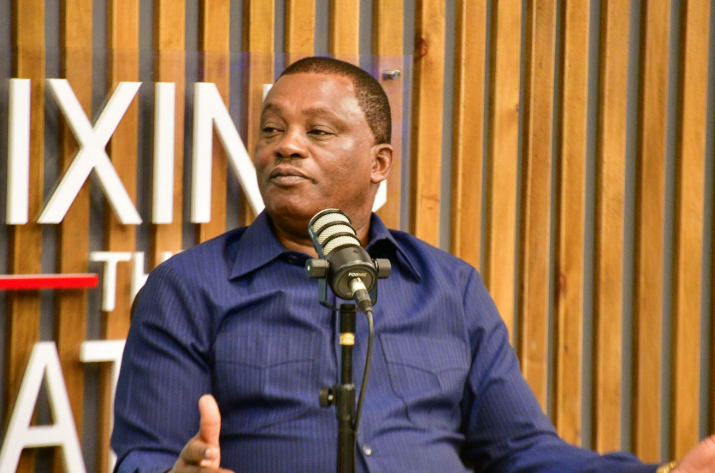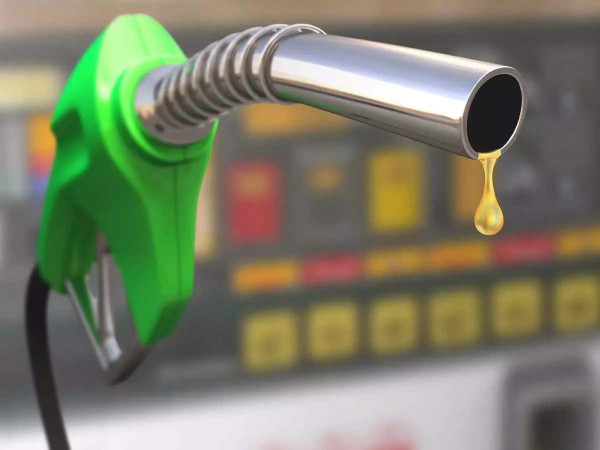Costly fuel looms as Ruto hints at scrapping subsidy
By Jacktone Lawi, September 14, 2022Kenyans should brace for higher fuel prices from today after President William Ruto hinted at stopping the subsidy programme, citing its unsustainability. Ruto in his maiden address after being sworn in as 5th president, noted that Uhuru’s government had spent Sh144 billion in subsidies alone to the expense of other sectors.
He said the interventions in place have not borne any fruit. On fuel subsidy alone, the taxpayers have spent a total of Sh144 billion, a whooping Sh60 billion in the last four months.
“If the subsidy continues to the end of the financial year, it will cost the taxpayer Sh280 billion, equivalent to the entire national government development budget,” Ruto said. Official figures show that the previous administration spent Sh71.17 billion to subsidise diesel, super and kerosene in the six months to June, as the government struggled to stabilise the prices of fuel amidst surging global oil costs.
This equalled spending an average of Sh11.86 billion monthly to keep fuel prices low for six months to June. Diesel accounted for the largest share of the subsidy at Sh45.7 billion, followed by super petrol (Sh23.3 billion) and Sh1.9 billion for kerosene in the six months.
Consumption subsidy
Ruto said that consumption subsidy has not solved any of the country’s challenges, noting that in addition to being very costly, consumption subsidy interventions are prone to abuse. “They distort markets and create uncertainty, including artificial shortages of the very products being subsidized,” added the president.
The costs of energy and transport remain significant weighting in the basket of goods and services, which measures inflation in the country. The fuel subsidy kitty has so far consumed more than Sh101.8 billion, which surpasses the Sh100 billion that had been allocated for the purpose.
If the president goes ahead and scraps the fuel subsidy programme motorists are likely to buy a litre of petrol at a high of Sh215. Energy and Petroleum Authority of Kenya (EPRA) retained fuel prices in the last review as the government utilised the Petroleum Development Levy (PDL) to cushion Kenyans.
Despite the government initiatives, the subsidy failed to stem inflation which now stands at 8.5 per cent outside the government’s preferred band of 2.5 and 7.5 per cent on soaring food prices. “Our people are confronted daily with increasingly unaffordable prices, especially food and transport. We have been working on measures to bring the costs down,” said Ruto.
In the last review the fuel subsidy brought down the price of a litre of petrol from around Sh180 to Sh160. However, with the government failing to remit Sh7.5 billion in subsidy to the oil marketers it is expected that they will swiftly adjust to any increases by the regulator.
Lack of funds
Already Oil Marketing Companies have cut the daily volume of fuel they transfer to local outlets from the national storage facility Kenya Pipeline Company depots due to lack of funds, signaling that certain parts of the country could soon experience another round of fuel shortage if no intervention is undertaken.
This decline implies that oil majors are either straining to meet the transportation costs or are silently protesting over unpaid compensation for keeping pump prices relatively low. The government has been slashing oil marketers’ margin at the pump through the fuel subsidy scheme to cushion motorists and households from the volatile global fuel prices then compensating them later.
However, this has lately turned too costly for the exchequer, who have now failed to remit compensation for three pricing cycles since June 2022.
More Articles

